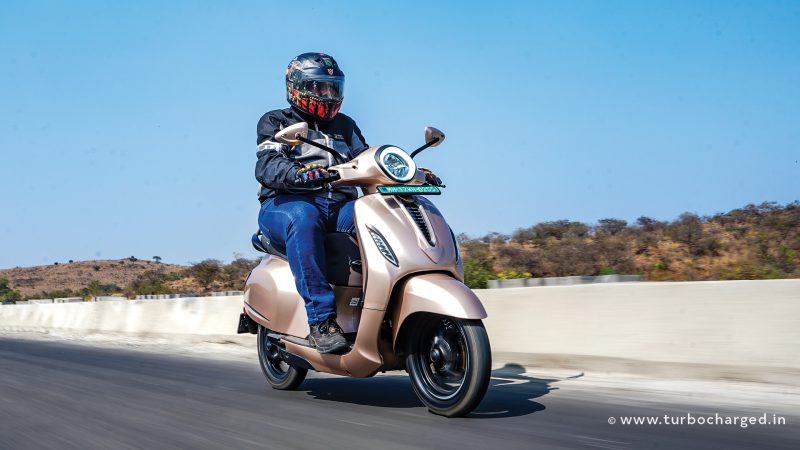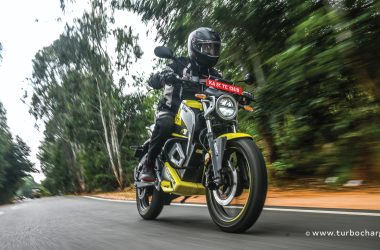Photography: Vaibhav Dhanawade
The Chetak, ever since it came out in 2022, had been the alternative choice compared to mainstream rivals such as the Ola S1 or Ather 450X. It offered a different approach to electric scooters. However, consumer demand reigns supreme and Bajaj has made some significant changes to the scooter to meet these demands while trying to retain the identity of the Chetak intact. Have they succeeded?
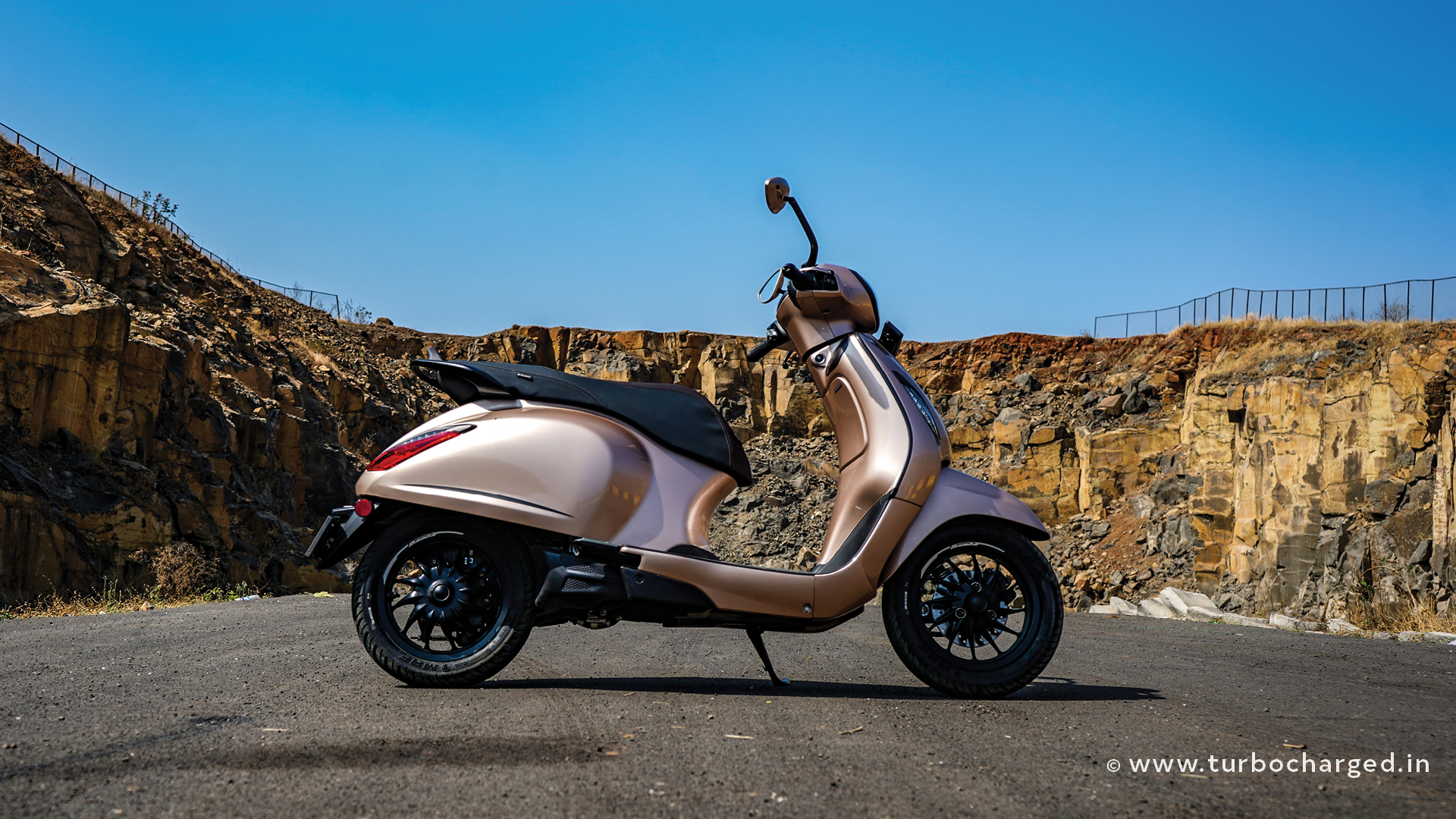
We are glad that Bajaj hasn’t messed with the Chetak’s styling. Like its ICE namesake, the Chetak offers traditional design cues instead of the avant-garde approach taken by most of the competition. The classic, swoopy lines are as timeless as they come, with the Chetak managing to stand apart in the crowd. Build quality and fit and finish levels continue to impress.
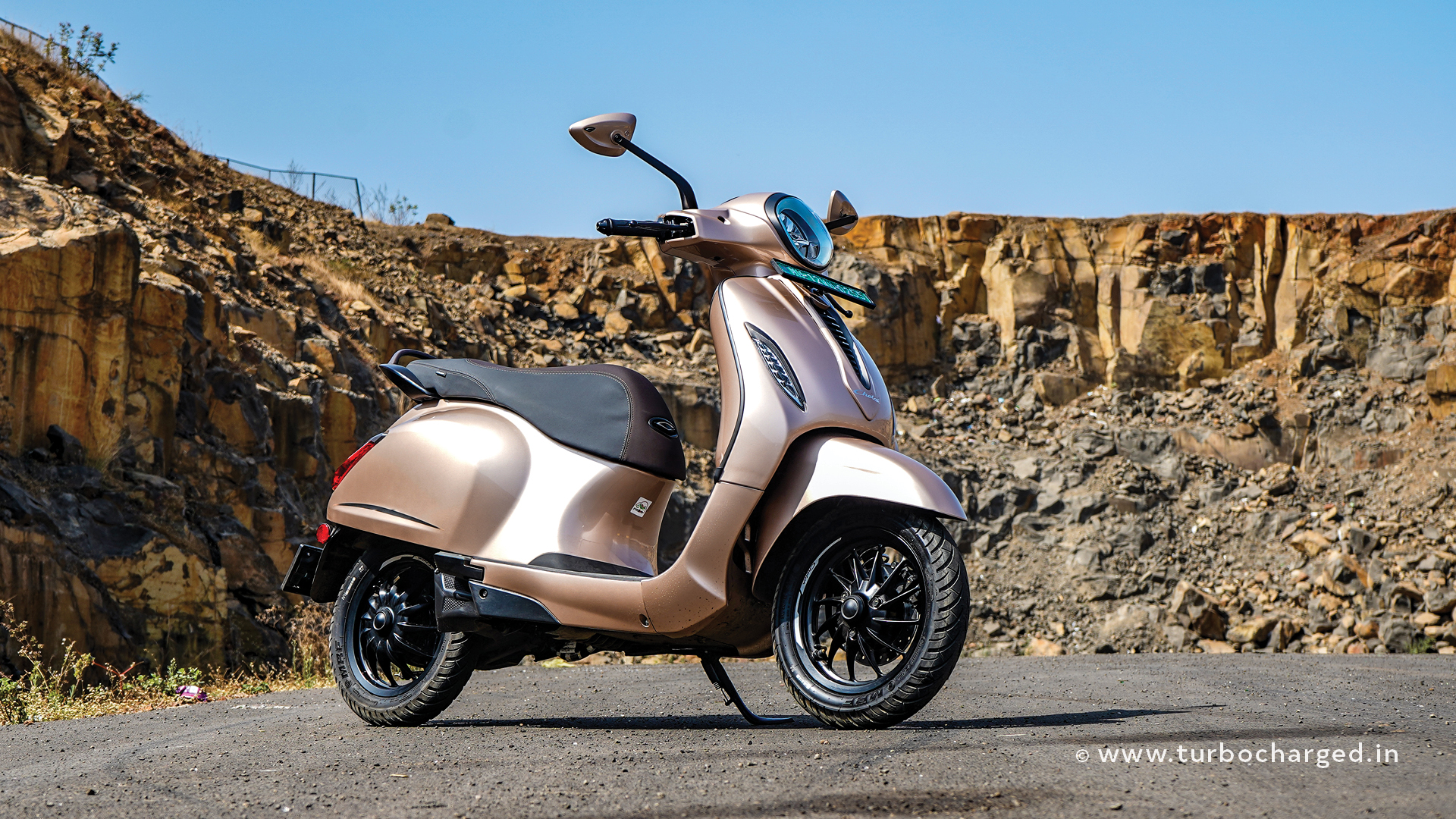
The riding position is comfortable for short jaunts across town, which is what the Chetak is designed for. The riding position is comfortable with the knees at a relaxed angle. The Premium variant gets a new non-touchscreen TFT display that looks crisp and is legible even under direct sunlight. Our test scooter gets the TecPac, which adds hill-hold, ride modes, turn-by-turn navigation, music control and call management, among other things. The navigation worked flawlessly during our time with the scooter, and the turn-by-turn instructions were clearly visible on the display. The Chetak now also comes with its own companion app, something its rivals have had for some time. The app is also required to start navigation.
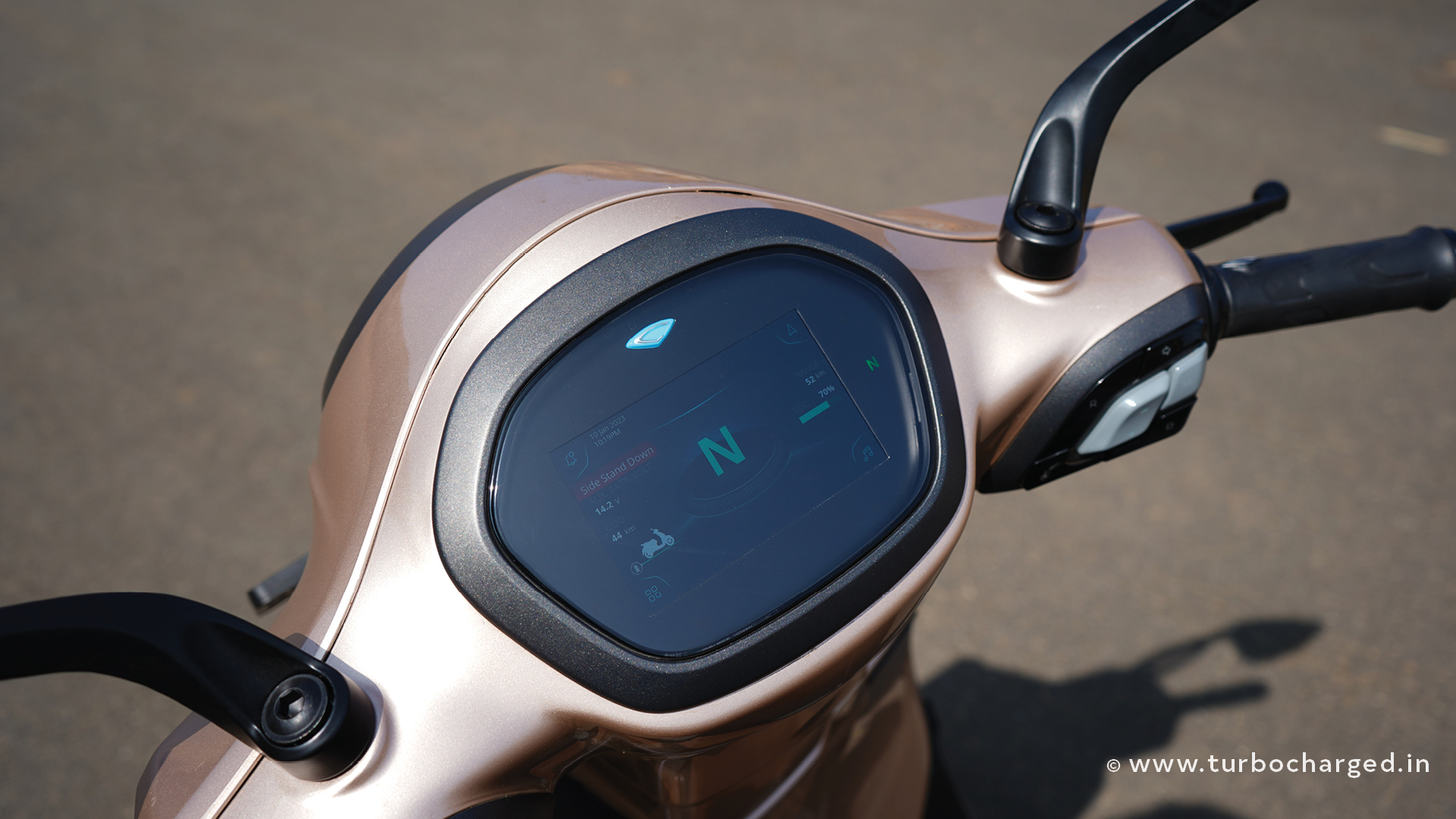
There’s 126km of claimed range for the Premium, which now has a 3.2kWh battery pack. The Urbane model continues with the 2.7kWh battery pack from before and has the same claimed range of 113km. The Chetak has a claimed top speed of 73kmph (63 on the Urbane without the TecPac), though we saw a speedo-indicated 80kmph on the highway. There’s no official 0-40kmph time, but acceleration is brisk. Power delivery and throttle response improves noticeably once the Sport mode is engaged, too. On loose surfaces, the torque from the electric motor occasionally overwhelms the rear tyre, even. The Chetak rides with a sophistication despite the firm suspension and can slice through corners with a surefootedness that belies its commuter origins
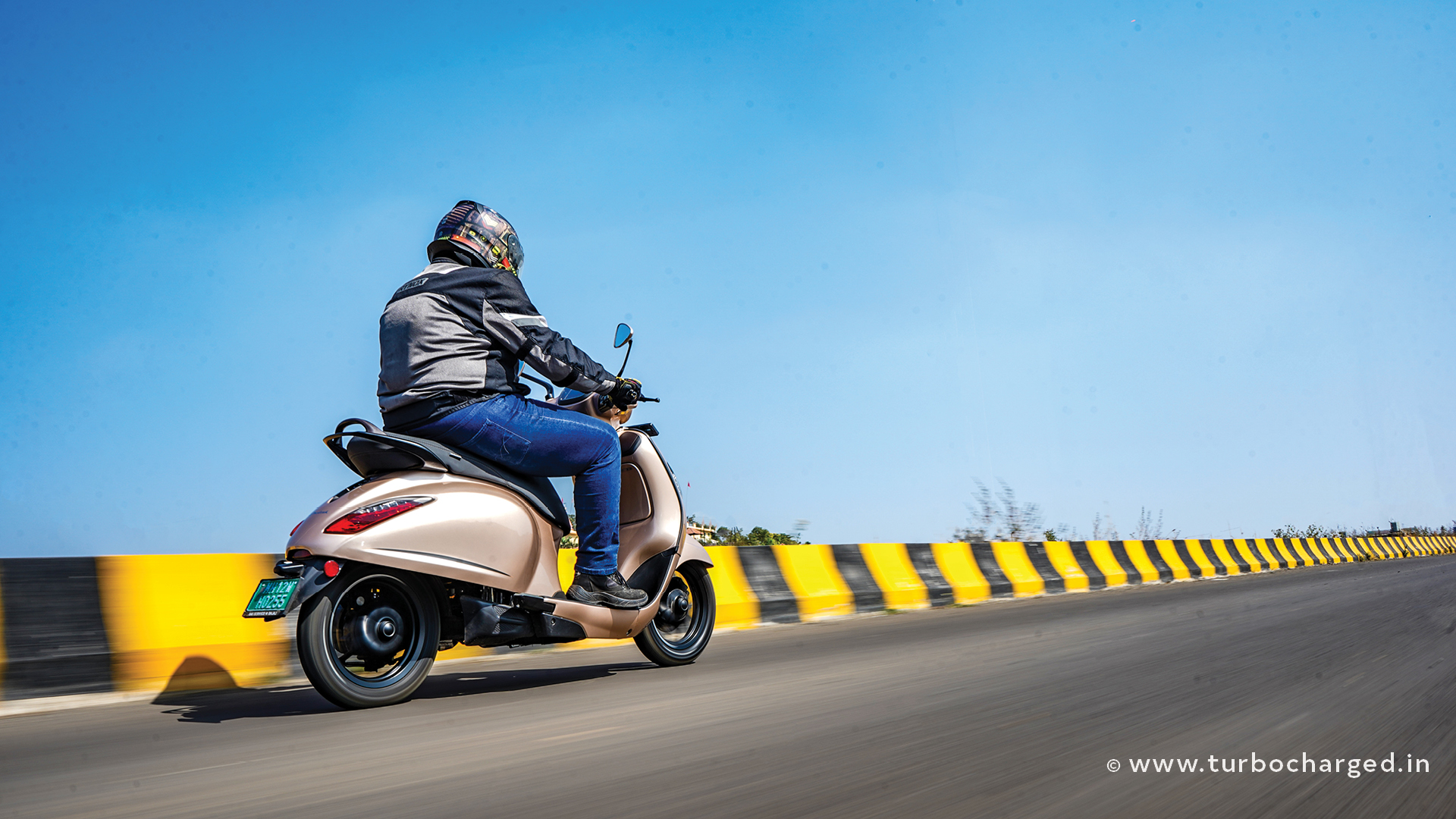
The Chetak Premium is priced at ₹ 1.35 lakh, with the TecPac costing an additional ₹ 9,000 (₹ 8,000 for the Urbane, which itself costs ₹ 1.15 lakh). The closest competition is from the Ola S1 Air and TVS iQube. Compared to these, the Chetak offers classic styling and solid engineering which still makes it the default choice for those who want to stand out from the crowd.





